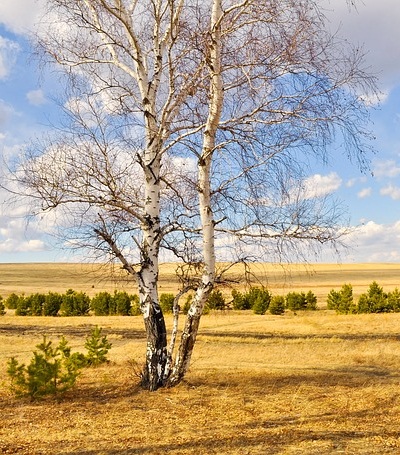Studies of Bolivia Earthquakes Reveal Mountains Located 660 Kms Below Earth’s Surface
Geophysicists conducted studies of the shockwaves that hit Bolivia in 2018, led to the discovery of a complex terrain of mountain ranges. Using a network of powerful computer-aided seismic instruments, geophysicists Jessica Irving of Princeton University and Wenbo Wu, currently a researcher at California Institute of Technology and seismologist Sidao Ni, published their findings in “Science.” The research was actually a joint project of the Chinese Academy of Sciences, the University of Science and Technology in China, and Princeton University in New Jersey, US.
The most recent earthquake in Bolivia took place in April 2018, which thankfully did not result to casualties, had measured 6.8 in the richter scale at a depth of 562 kilometers. The earthquake sent waves across the region including Bolivia’s capital city, San Salvador, which caused alarm to many residents. In studying the most powerful waves produced by the massive earthquake, the geophysicists were able to unravel a new topography suggestive of mountain ranges, posing as composition of the layer separating the upper and lower mantle. They tentatively call the layer as the “660-km Boundary.”
New Findings Establishes the Transition Zone as a Range of Mountainous Landforms
The exact composition of Earth’s inner layers has long been a debatable issue among scientists. Traditionally, the layer between the upper and lower mantle about 660 kilometers beneath the Earth’s surface, is referred as the Transition Zone.
The zone is said to have occurred as a result of minerals (olivine) forming thicker structures of crystal minerals, which when converted reflected between the upper and lower mantle. Those previous findings was deducted from studies of a body of waves generated by earthquakes, which based on mineral physics are dependent on phase-changes related to temperature, density and depth.
The new findings gathered by geophysicists Irving, Wu and Ni, revealed that the Transition Zone they now call as the “660 KM Boundary,” possesses stronger topography than those of Rocky Mountains or the Himalayas. The geophysicists also noted that the zone had smoother areas suggestive of similar topography found in mountain ranges and abyssal plains.
